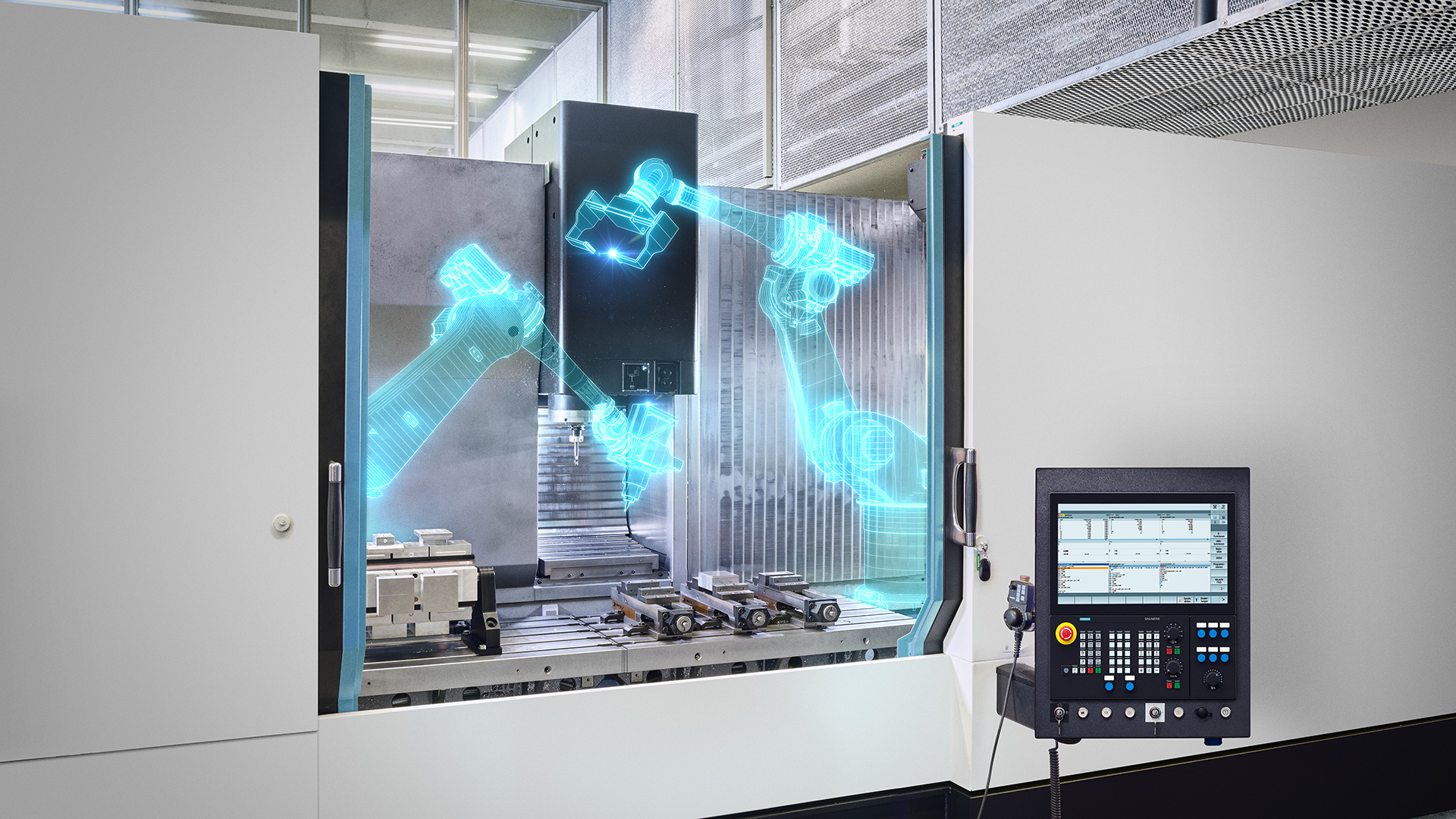How AI will help usher in the age of general-purpose robotics

Automation is, without a doubt, the wave of the future as more and more industries look for ways to perform menial tasks with smart robotics instead of humans. While there are certainly benefits to this approach, especially in speed and precision, the area where smart robotics fall most short compared to their human counterparts is in adaptability. Most of what we think of today as smart robotics are special purpose systems – systems designed and trained to perform a small number of specific tasks with little to no room for change. However, for smart robotics to truly become more human-like in their abilities they must move beyond narrow niches and into the realm of general-purpose robotics, capable of handling any task a human could do. While robotics have been physically capable of mimicking humans for many years, it is only now, thanks to the continuing advances in AI that they are starting to be able to think like humans too.
Compared to a special purpose robot, a general-purpose robot have the ability to perform a wide range of tasks under varying, potentially unknown, conditions. This opens the door for robotics to be used outside of rigidly designed factories and assembly lines including places that might be too dangerous or difficult to send a human, such as outer space. Expanding the scope of smart robotics to encompass effectively arbitrary tasks and conditions also means changing the way we build robots. For a robot to perform human-like tasks in a world designed by and for humans, it follows the robot itself must also be more human-like in its design. While the likes of Commander Data and C3PO dominate popular culture, creating something as complex as a humanoid robot or android capable of reasonably mimicking a human is still far beyond our current technology. Although working alongside an android colleague might still be the realm of sci-fi, in the coming years advances in robotics and, crucially, AI will start to bring us a step closer.
While humanoid robotics have existed in labs for decades and will only continue to get better, developing a system sophisticated enough to control something as complex as the human body has proved challenging. With recent advances in both AI hardware and software, however, it’s finally possible for a computer to be both small and efficient enough to fit within a human-sized body, and powerful enough to process the vast quantity of sensor data required to operate a human-like robot in real time. Continued advancement in this area will be key in realizing the dream of general-purpose robotics, since AI offers a way to address the key issue long faced by advanced robotics: how to get a computer to think like a human?
Even though AI might seem like the quick and easy solution to true machine awareness, the reality is the AI commonly used today simply do not have that capability. The training methods used today create what is known as a top-down AI, which is built as a collection of preset methods and goals for the AI to achieve. This creates a rigid, Narrow AI suitable only for the specific task or tasks it was designed for, very similar to the special purpose robotics they often control. By contrast a bottom-up AI starts with a collection of connected simple methods and systems and a way to store knowledge and “naturally” develops more complex systems over time through interactions with its environment. This method is much more similar to the development of a human but, just as with humans, the processes is very long and resource intensive making it ill-suited to the fast pace of industry. Of course, if we truly wish to create a robot that can think like a human, it is likely this approach will be the one to lead us there.
So, where does this leave general-purpose robotics? Actually, not as far away as it might seem. While AI with true human-like intelligence is still a long way off, there are already startups working to create the next wave of more general robotics, capable of handling work under a wide variety of conditions previously limited to humans. Before long humans may be working alongside humanoid, general-purpose robotics in a vision of the future that would have looked like fiction just a few decades ago.
Siemens Digital Industries Software helps organizations of all sizes digitally transform using software, hardware and services from the Siemens Xcelerator business platform. Siemens’ software and the comprehensive digital twin enable companies to optimize their design, engineering and manufacturing processes to turn today’s ideas into the sustainable products of the future. From chips to entire systems, from product to process, across all industries. Siemens Digital Industries Software – Accelerating transformation.


